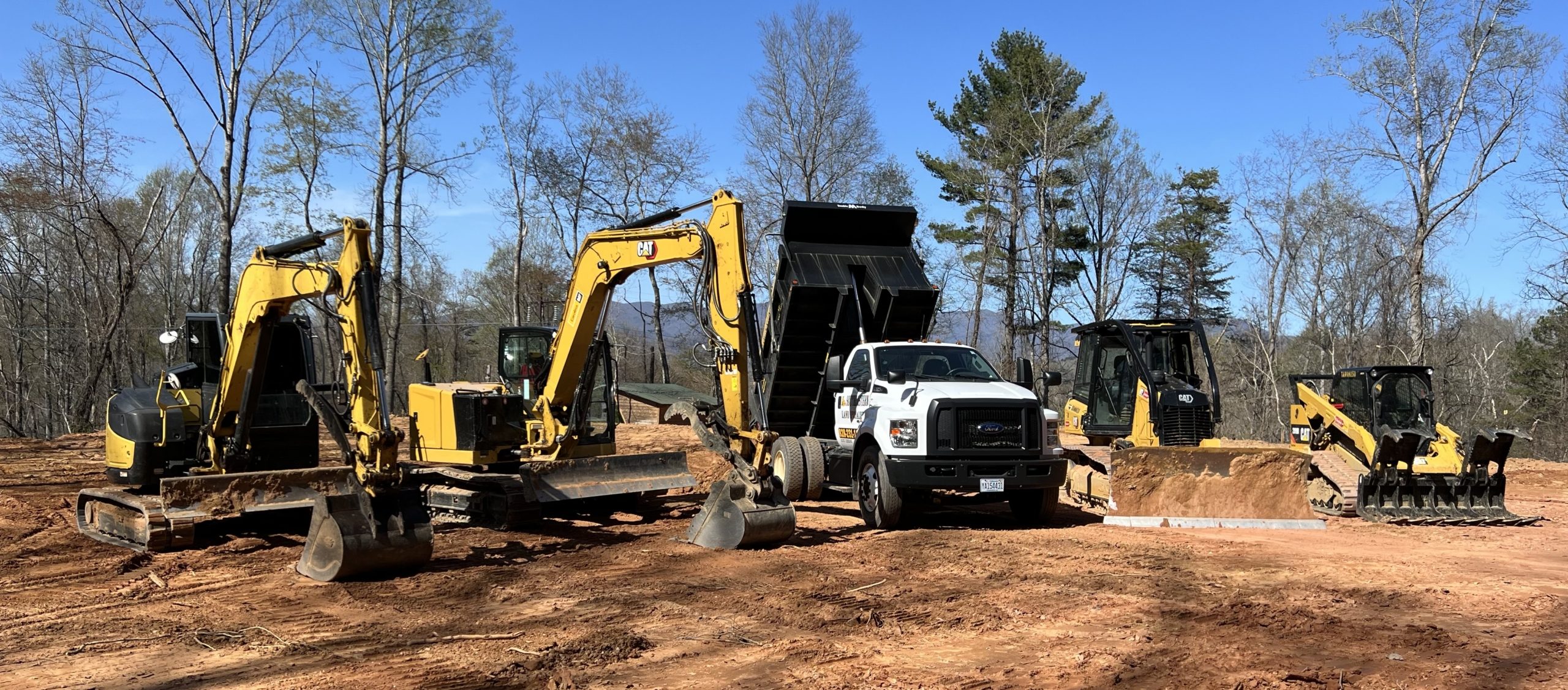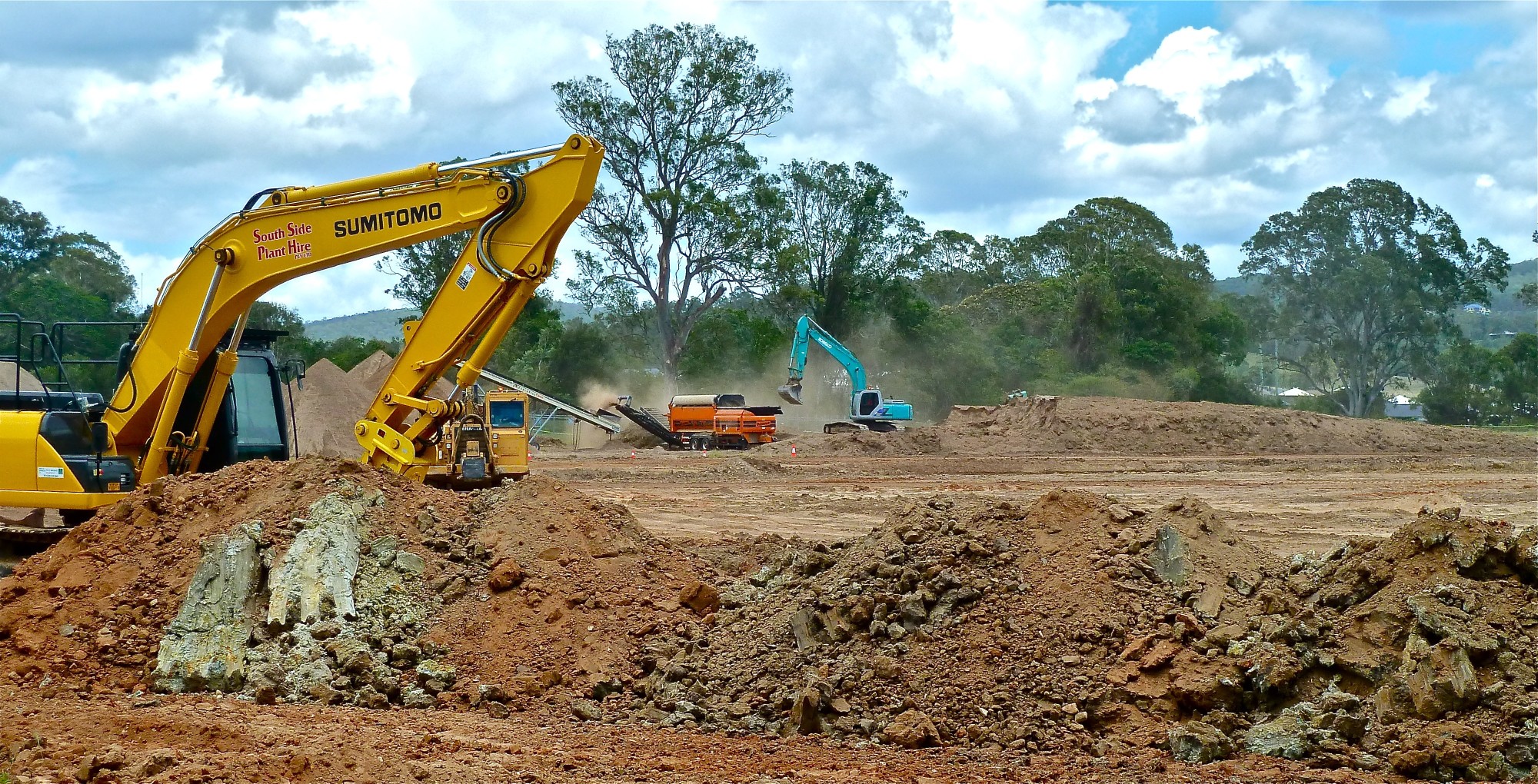Lasting Land Clearing Up Practices for a Greener Setting
In the realm of environmental preservation, the practice of lasting land cleaning stands as a pivotal factor of discussion. The complex dancing between progression and sustainability in land cleaning practices reveals a realm of possibilities that bid for expedition and application.
Value of Sustainable Land Clearing Up
The value of executing lasting land cleaning techniques exists in the preservation of ecological communities and the maintenance of ecological honesty. When land is removed unsustainably, it can result in permanent damages to the environment, bring about soil disintegration, loss of biodiversity, and disruption of natural environments. By adopting sustainable techniques such as selective clearing up, reforestation, and erosion control procedures, we can decrease these negative effects and ensure the long-lasting wellness of our communities.

In addition, lasting land cleaning methods promote responsible land management and support the livelihoods of local areas. By making certain that land is gotten rid of in a manner that is socially liable and eco pleasant, we can produce a more lasting future for all.
Eco-Friendly Cleaning Methods

An additional effective method is making use of controlled burns. By very carefully executing and planning prescribed burns, land managers can clear greenery in a controlled manner, decreasing the danger of wildfires and promoting the growth of fire-adapted plant varieties. Regulated burns additionally aid reuse nutrients back right into the dirt, stimulating new development and keeping ecological community wellness.
In addition, making use of mechanical tools with low ground pressure, such as tracked vehicles or specialized forestry mulchers, can minimize dirt compaction and damages to underlying plants. These devices are developed to operate with accuracy, selectively removing undesirable plant life while protecting the surrounding environment. By including these green clearing up strategies, land clearing up operations can support biodiversity, conserve natural deposits, and contribute to a greener, extra lasting future.
Biodiversity Conservation Methods
Including environment-friendly land cleaning techniques not just reduces ecological effect but additionally plays a vital role in promoting biodiversity conservation approaches. Preserving biodiversity is essential for keeping the equilibrium of ecological communities and making sure the sustainability of our earth. When removing land, it is imperative to take into consideration the effect on regional flora and animals. One effective technique for biodiversity preservation throughout land cleaning is the application of selective clearing practices. This includes carefully examining the area and determining key environments or varieties that need security. By staying clear of the indiscriminate removal of greenery and environments, we can protect biodiversity hotspots and lessen disruption to wildlife.

Sustainable Equipment and Equipment
To decrease environmental effect and boost efficiency in land cleaning techniques, utilizing sustainable machinery and tools is vital. Lasting machinery and devices describe tools particularly made to reduce discharges, lessen dirt compaction, and lower fuel usage throughout land clearing up tasks. Implementing innovations such as low-emission engines, crossbreed systems, and precision devices can considerably reduce the carbon impact linked with land clearing up operations.
One example of sustainable machinery is using mulchers or chippers that can process greenery on-site, minimizing the demand for burning or hauling away debris - Legendary Demolition Seattle. Additionally, using devices with GPS technology can assist in specific preparation and implementation of land clearing jobs, minimizing unnecessary disruption to surrounding ecological communities
Routine upkeep and correct tools sizing are likewise essential parts of sustainable land cleaning practices. Making sure that machinery is well-maintained not only lengthens its life-span yet likewise maximizes its efficiency, bring about extra effective and ecologically friendly land clearing procedures. By prioritizing the use of lasting machinery and equipment, land clearing up activities can be executed with marginal effect on the atmosphere, fostering a greener and even more sustainable future.
Community Involvement and Education
Involving the neighborhood community and supplying instructional sources are essential parts of promoting lasting land clearing techniques. Neighborhood interaction fosters a feeling of shared duty and ownership over land monitoring decisions, bring about more lasting outcomes. By involving neighborhood members in the preparation process, their expertise and point of views can be incorporated, resulting in remedies that are culturally delicate and ecologically sound.
Educational sources play a crucial function in encouraging individuals with the understanding and abilities needed to adopt lasting land clearing up techniques. Workshops, training sessions, and informational materials can aid community participants recognize the value of biodiversity conservation, soil wellness, and water go now top quality in the context of land clearing activities. By increasing awareness concerning the possible ecological impacts of incorrect land cleaning techniques, educational initiatives can drive habits adjustment and motivate the fostering of more sustainable options.
Eventually, neighborhood involvement and education and learning create a foundation for lasting moved here ecological stewardship, making sure that land clearing up tasks are performed in a fashion that preserves communities and promotes the well-being of both individuals and the earth.
Conclusion
To conclude, sustainable land clearing practices are vital for protecting the atmosphere and promoting biodiversity. By making use of eco-friendly techniques, conserving biodiversity, making use of lasting equipment, and involving with areas, we can make sure that land clearing up tasks have very little unfavorable effect on the community. It is important that we focus on lasting techniques to secure our setting for future generations.
By including these green cleaning methods, land clearing procedures can support biodiversity, conserve all-natural sources, and add to a greener, a lot more sustainable future.
One effective approach for biodiversity preservation this content during land clearing is the implementation of careful clearing methods. By prioritizing the use of lasting equipment and tools, land cleaning activities can be lugged out with minimal effect on the environment, cultivating a greener and more sustainable future.
In conclusion, lasting land cleaning techniques are necessary for maintaining the setting and promoting biodiversity. By making use of environmentally friendly strategies, preserving biodiversity, using lasting equipment, and engaging with communities, we can guarantee that land clearing activities have very little negative effect on the environment.